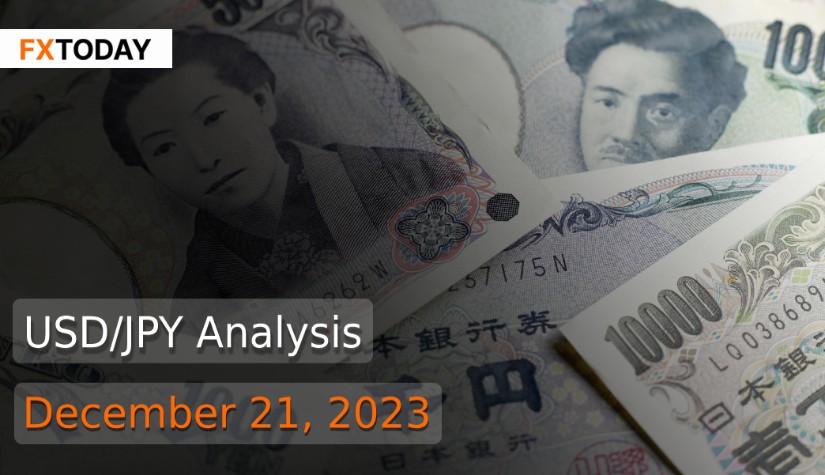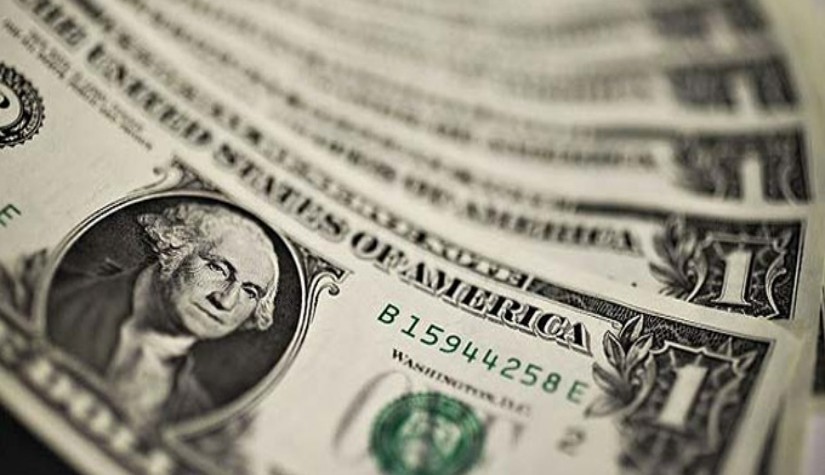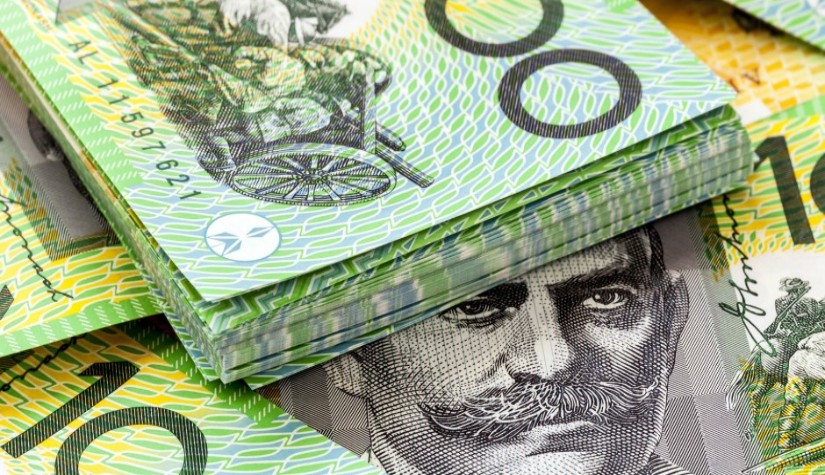BOJ Maintains Ultra-Loose Policy; Japan's Government Eyes Interest Rate Hike Amid Budget Cuts
The Bank of Japan (BOJ) decided to maintain its ultra-loose policy settings in a move widely anticipated by the market. The central bank chose to wait for more evidence regarding the trajectory of wages and prices before considering a shift away from its massive monetary stimulus. Despite signs of positive movement in wages and prices, BOJ Governor Kazuo Ueda emphasized the need for careful scrutiny due to ongoing uncertainties.
The BOJ's decision to keep its dovish policy guidance unchanged disappointed some traders who had hoped for language adjustments signaling a potential near-term end to negative interest rates. Governor Ueda acknowledged the gradual rise in the likelihood of inflation accelerating toward the 2% target but stressed the necessity to evaluate whether a positive wage-inflation cycle would materialize.
The yen depreciated, and Japanese stocks gained following the BOJ's decision to maintain stimulus. Japan, experiencing inflation above 2% for over a year, has seen firms expressing readiness to continue raising wages, raising speculation about the eventual abandonment of the BOJ's dovish stance compared to other global central banks.
While more than 80% of economists polled by Reuters in November expected the BOJ to end its negative rate policy next year, the timing remains uncertain. Governor Ueda did not provide a clear signal on when the BOJ might exit negative rates, mentioning that not much data would be available before the next policy meeting in January.
In another development, Japan's government plans to increase its long-term interest rate estimate for the next fiscal year to 1.9%, up from the current year's 1.1%. This adjustment, the first in 17 years, reflects rising government bond yields and expectations that the central bank may seek a near-term exit from ultra-loose monetary policy. The move is expected to elevate the government's debt financing costs.
On the other hand, the government aims to reduce its budget for the 2024-25 fiscal year, breaking a 12-year trend of budget increases. The budget cut, totaling 112.1 trillion yen, underscores concerns over Japan's substantial public debt, which is double the size of its economic output. The government plans to rely on tax revenue growth and spending cuts, trimming new bond issuance for the third consecutive year.
In its economic outlook, the Japanese government slightly raised growth projections for the current fiscal year, citing strong external demand offsetting weak domestic consumption. However, concerns linger over the potential complications from slowing overseas economies impacting Japan's exports.
Japan's exports in November contracted for the first time in three months, influenced by declining chip shipments to China. Weak exports are a worry for policymakers relying on external demand to counterbalance weak domestic consumption. The country's economic contraction in July-September added to concerns, with capital expenditures and consumption slumping.
The government's view on business sentiment improved in December, reflecting a broader recovery in corporate mood, particularly in profits. However, concerns persist about the overall economic assessment, with some areas showing recent stallings. The government emphasized ongoing monitoring of global risks such as monetary tightening and uncertainties in the Chinese economy.
The U.S. dollar found support amid a sudden end to a strong U.S. stock rally. The U.S. current account deficit shrank to its smallest in over two years in Q3, driven by rising petroleum exports. U.S. consumer confidence increased to a five-month high in December, driven by optimism about business conditions and the labor market.
Looking ahead, currency markets are focused on the U.S. core personal consumption expenditure (PCE) index release, with analysts anticipating a rise in November and a slowdown in the annual inflation rate. Concerns about a potential policy easing by the Federal Reserve persist despite a substantial rally in the bond market and a decline in the dollar index. Consequently, it is anticipated that the yen will persistently weaken against the US dollar. The possibility exists that the yen could experience further appreciation due to investors anticipating adjustments in Japan's monetary policy in the coming year.
Data for Technical Analysis (30 Min) CFD USD/JPY
Resistance : 143.03, 143.09, 143.18
Support : 142.85, 142.79, 142.70
30Min Outlook
Source: Investing.com
Buy/Long 1 If the support at the price range 142.70 – 142.85 is touched, but the support at 142.85 cannot be broken, the TP may be set around 143.07 and the SL around 142.63, or up to the risk appetite.
Buy/Long 2 If the resistance can be broken at the price range of 143.03 – 143.18, TP may be set around 143.31 and SL around 142.78, or up to the risk appetite.
Sell/Short 1 If the resistance at the price range 143.03 – 143.18 is touched, but the resistance at 143.03 cannot be broken, the TP may be set around 142.85 and the SL around 143.25, or up to the risk appetite.
Sell/Short 2 If the support can be broken at the price range of 142.70 – 142.85, TP may be set around 142.60 and SL around 143.10, or up to the risk appetite.
Pivot Points Dec 21, 2023 02:55AM GMT
| Name | S3 | S2 | S1 | Pivot Points | R1 | R2 | R3 |
|---|---|---|---|---|---|---|---|
| Classic | 142.59 | 142.70 | 142.83 | 142.94 | 143.07 | 143.18 | 143.31 |
| Fibonacci | 142.70 | 142.79 | 142.85 | 142.94 | 143.03 | 143.09 | 143.18 |
| Camarilla | 142.90 | 142.93 | 142.95 | 142.94 | 142.99 | 143.01 | 143.04 |
| Woodie's | 142.61 | 142.71 | 142.85 | 142.95 | 143.09 | 143.19 | 143.33 |
| DeMark's | - | - | 142.77 | 142.91 | 143.01 | - | - |
Sources: Investing 1, Investing 2
Maximize your knowledge: Blog
















